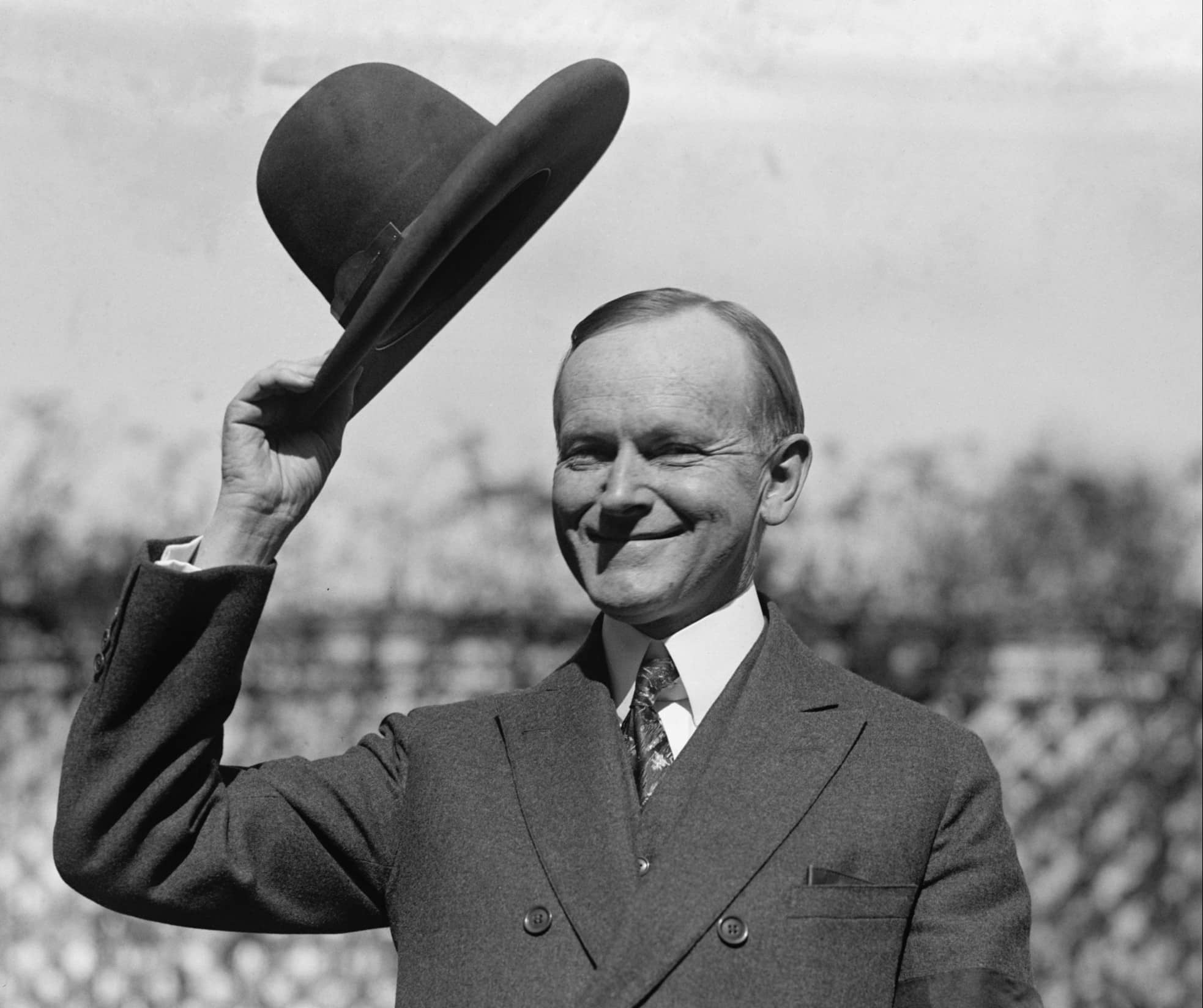Calvin Coolidge was the 30th American president, starting in 1923, 100 years ago. His tenure, 1923–29, provides a stellar example of the Founding Fathers’ dreams and aspirations for America. He was one of the greatest successors to founding principles, including adherence to the Constitution, economic freedom, and frugal spending.
Coolidge grew up in Vermont and realized how difficult it was for most citizens to make a living. His formative years taught him respect for free markets. He believed in the inherent right of citizens to spend their hard-earned money in the best interest of their families.
Coolidge knew that freedom, liberty, the right to worship, and entrepreneurship were the foundations of prosperity and peace. He was countercultural, implementing these values during the “Progressive Era.” Economic growth is fueled by private initiatives, not government programs. The freedom of private creation is the core of American exceptionalism.
Coolidge respected human dignity by fostering stability and limited government.
Calvin Coolidge knew that entrepreneurs are the heroes, the good guys, not the villains. Their efforts resulted in a booming economy known as the Roaring Twenties. Coolidge understood Say’s Law, coined by Jean Baptiste-Say in 1803: Supply creates demand, positively impacting every family. Innovation, which improves quality and reduces cost, is the only way to increase the standard of living for all citizens.
Coolidge respected human dignity by fostering stability and limited government, and by avoiding government interventions and intrusions. He knew that special interests would always demand more money and programs from Congress, and as a result he practiced and perfected the art of saying no.
The 16th Amendment to the Constitution authorizing income taxes was ratified in 1913. Woodrow Wilson was president. The Revenue Act of 1913 established a 1 percent tax on income above $3,000 per year. By 1920, the Wilson administration had implemented a marginal (highest) tax rate of 73 percent. It rose that high that fast.
Coolidge referred to over-taxation as “legalized larceny.” His excellent treasury secretary, Andrew Mellon, was an important advocate of reducing marginal tax rates. They believed that the rich would pay a higher percent of taxes collected if the marginal tax rate was lower. Together they worked on what came to be known as a “scientific tax rate.” The dilemma was to achieve the lowest marginal rate, which produced the highest revenue.
Coolidge and Mellon worked to achieve the best outcomes for the continuity of government with the least burden for all citizens. Keep in mind, during this era most citizens paid little or no taxes. At a much later date, our 40th president, Ronald Reagan, was inspired by the Coolidge tax cuts. Reagan ultimately took the upper marginal tax rate down from 70 percent to 28 percent.
In 1924, Coolidge was able to lower marginal tax rates to 46 percent, and, the following year, 1925, he achieved the ultimate goal of a 25 percent marginal tax rate, enacted retroactively.
In 1924, the first year of lower marginal rates, tax revenue was $3.9 billion and only declined slightly in 1925 to $3.6 billion. In 1928, Coolidge’s last year in office, revenue was $3.9 billion, proving that a lower marginal tax rate could generate the same amount of revenue for the government. Spending under Coolidge averaged $2.9 billion during his tenure because of his frugality and strong leadership.
Subsequent presidents, including Herbert Hoover and especially Franklin D. Roosevelt, would hike the marginal rates again, but Coolidge had done his best to keep them down.
Coolidge’s tenure was marked not only by major tax reductions but also by increases in gross domestic product per capita. In 1921, income per capita was $5,758. By 1928, his final year, income per capita grew to $7,439, an increase of 23 percent in just eight years.
Coolidge, with the help of Mellon, definitively proved what economist Julian Simon described as “the ultimate resource,” the power of human beings to create and solve virtually every problem.
The Founding Fathers had it correct, and Calvin Coolidge proved how well America can work when its citizens and leaders follow a philosophy of limited government and freedom for all citizens. The greatest freedom leads to the most innovation and the highest standard of living in the world. Conservatives understand that. Calvin Coolidge created the modern conservative movement, and he proved that freedom works best.
Bob Luddy is the chairman of the board of The American Spectator Foundation.
READ MORE from Bob Luddy:
The Federal Beast Run Amok: Washington’s Wild Spending Spree























